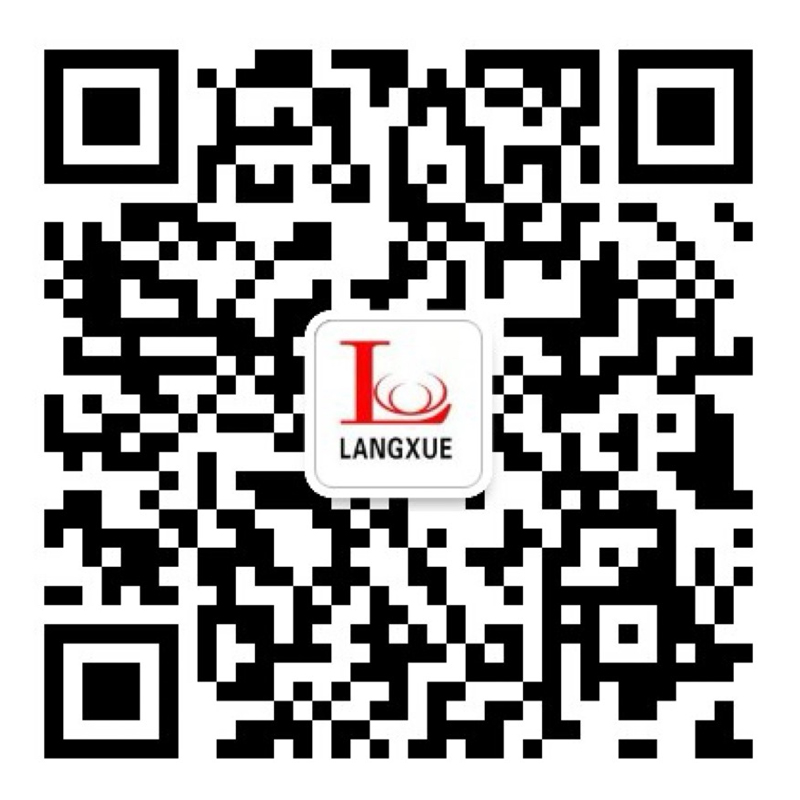The Rise of Specialty Reading Glasses: From Cheater Glasses to Ultra-Thin Designs
In an era where digital screens dominate our daily lives, the demand for reading glasses has surged. But not all reading glasses are created equal. From classic "cheater glasses" to ultra-sleek "thinnest reading glasses," consumers now have more options than ever to suit their visual needs and lifestyle preferences. Let’s explore the latest trends in reading eyewear, including lazy reader glasses, optic readers, and half-moon reading glasses.
1.Cheater Glasses: The Affordable Quick Fix
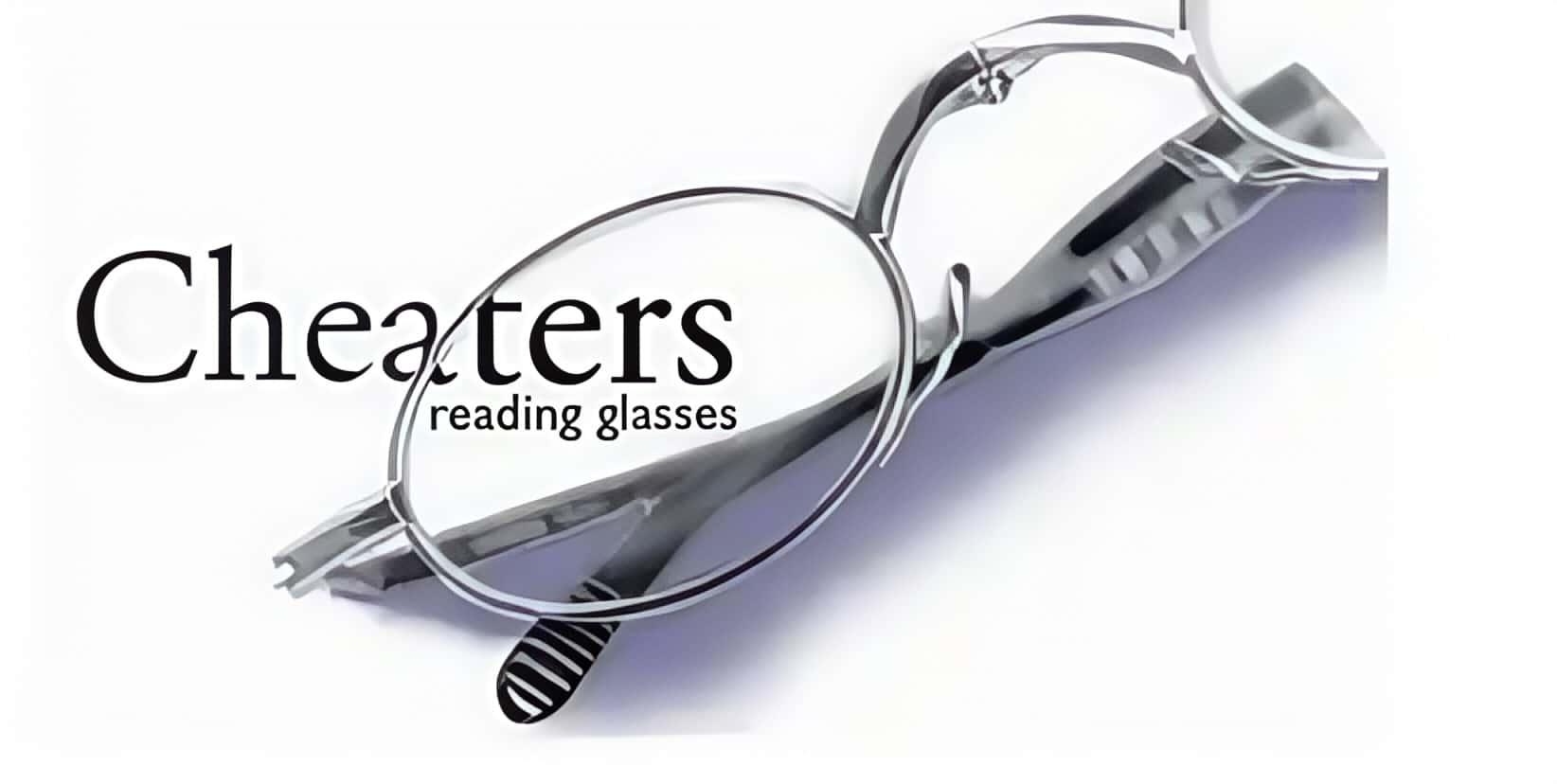
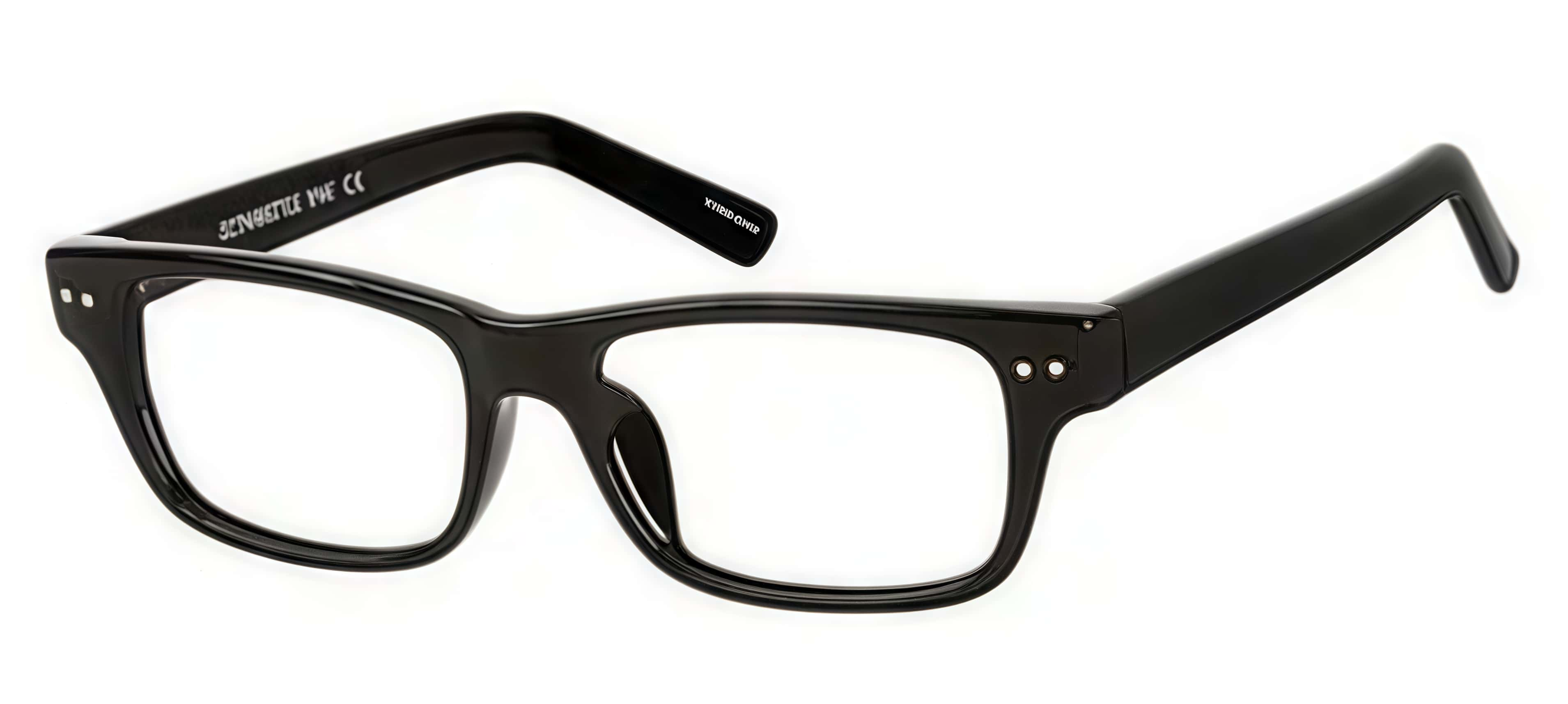
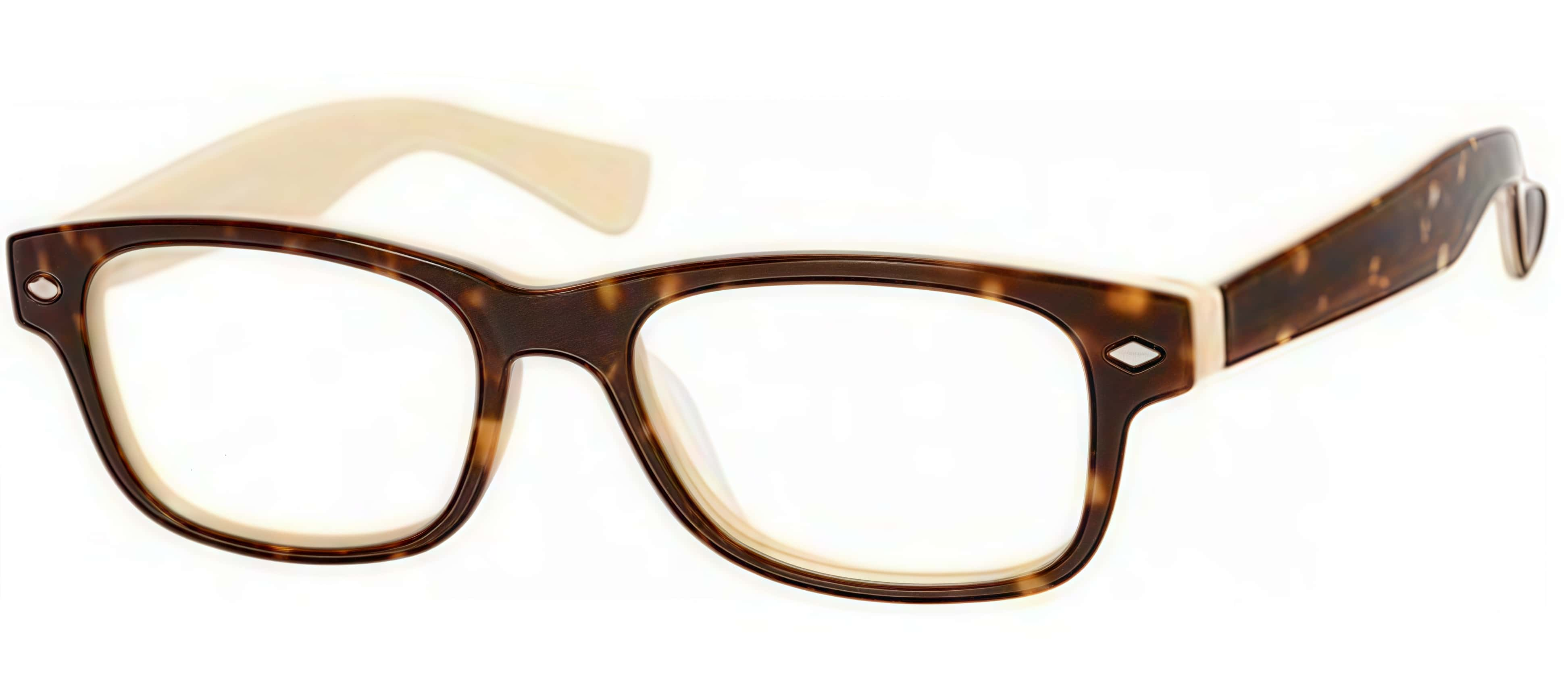
Cheater glasses, often found in drugstores or online marketplaces, are non-prescription magnifying glasses designed for those with mild presbyopia (age-related farsightedness). Typically available in low diopter strengths (+1.00 to +3.00), they serve as a quick and affordable solution for occasional reading.
"Cheaters are perfect for people who need a little boost for reading menus or labels but don’t require prescription lenses," says Dr. Alan Fischer, an optometrist based in New York. However, he cautions against relying on them long-term without an eye exam, as improper magnification can lead to eye strain.
Despite their convenience, cheater glasses lack customization, making them unsuitable for those with astigmatism or significant vision differences between eyes. Still, their low cost (often under $20) keeps them popular among casual users.
2.Lazy Reader Glasses: Hands-Free Convenience
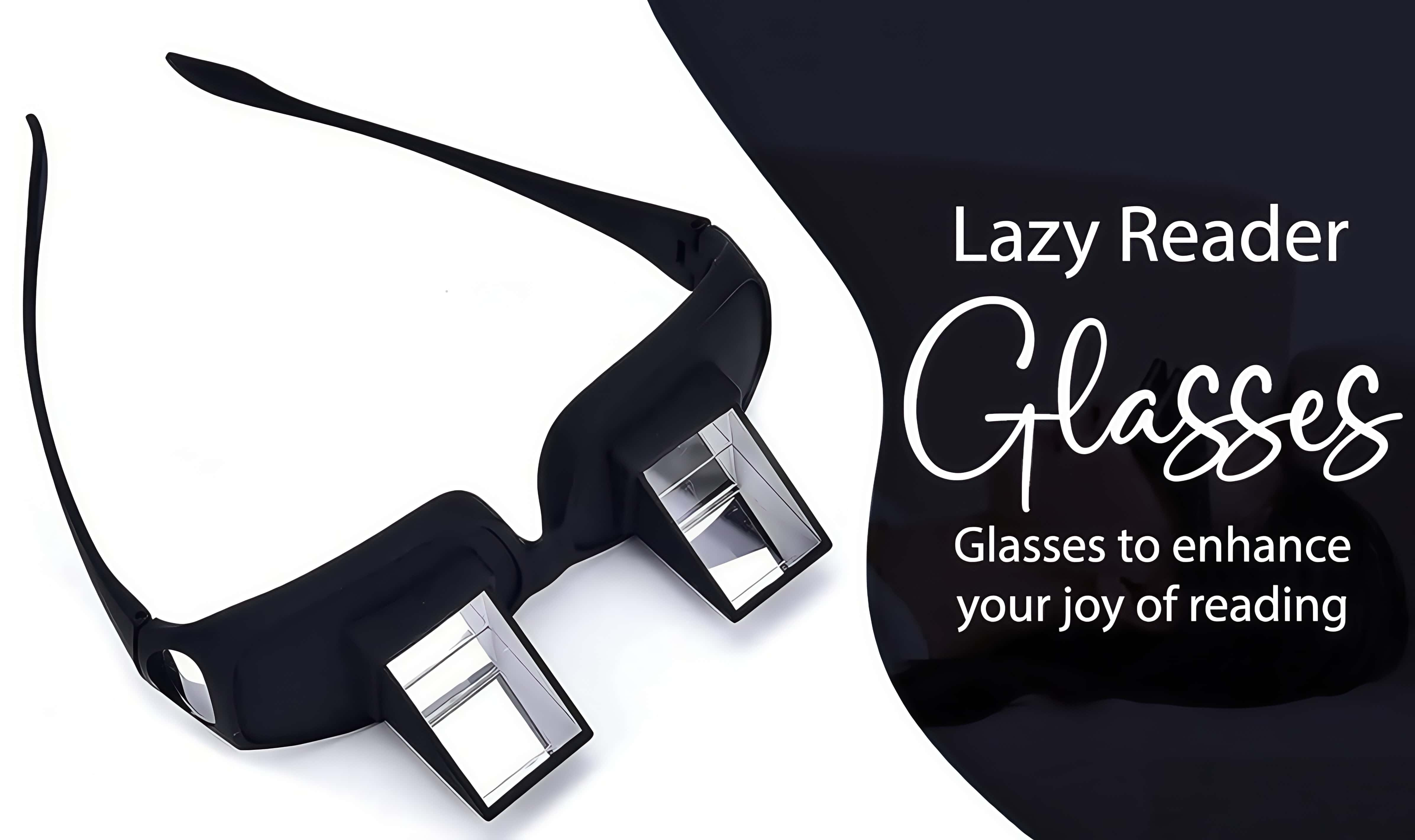
For multitaskers, lazy reader glasses—also known as "flip-up" or "bifocal clip-ons"—offer a unique hands-free solution. These glasses feature a hinged lens that can be flipped up when not in use, allowing wearers to switch between reading and distance vision effortlessly.
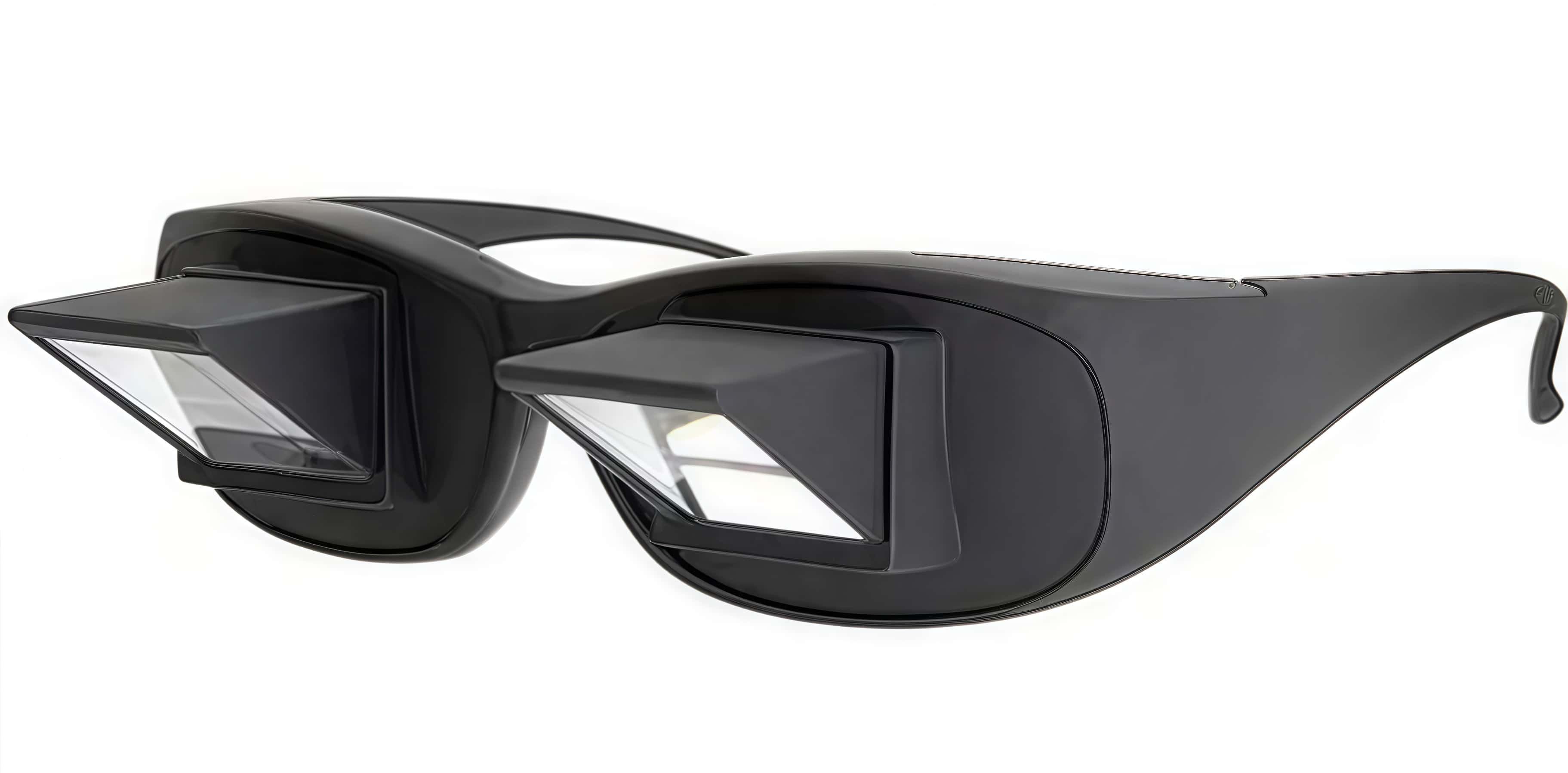
Originally popular among seniors, lazy readers have gained traction among younger professionals who frequently alternate between books, phones, and computer screens. "I use them while cooking—I can glance at a recipe and then flip them up to check the stove," says Sarah Lin, a lifestyle blogger.
While not as stylish as high-end readers, their practicality makes them a favorite for those who dislike constantly removing and putting on glasses.
3.Optic Readers: Precision for the Modern Age
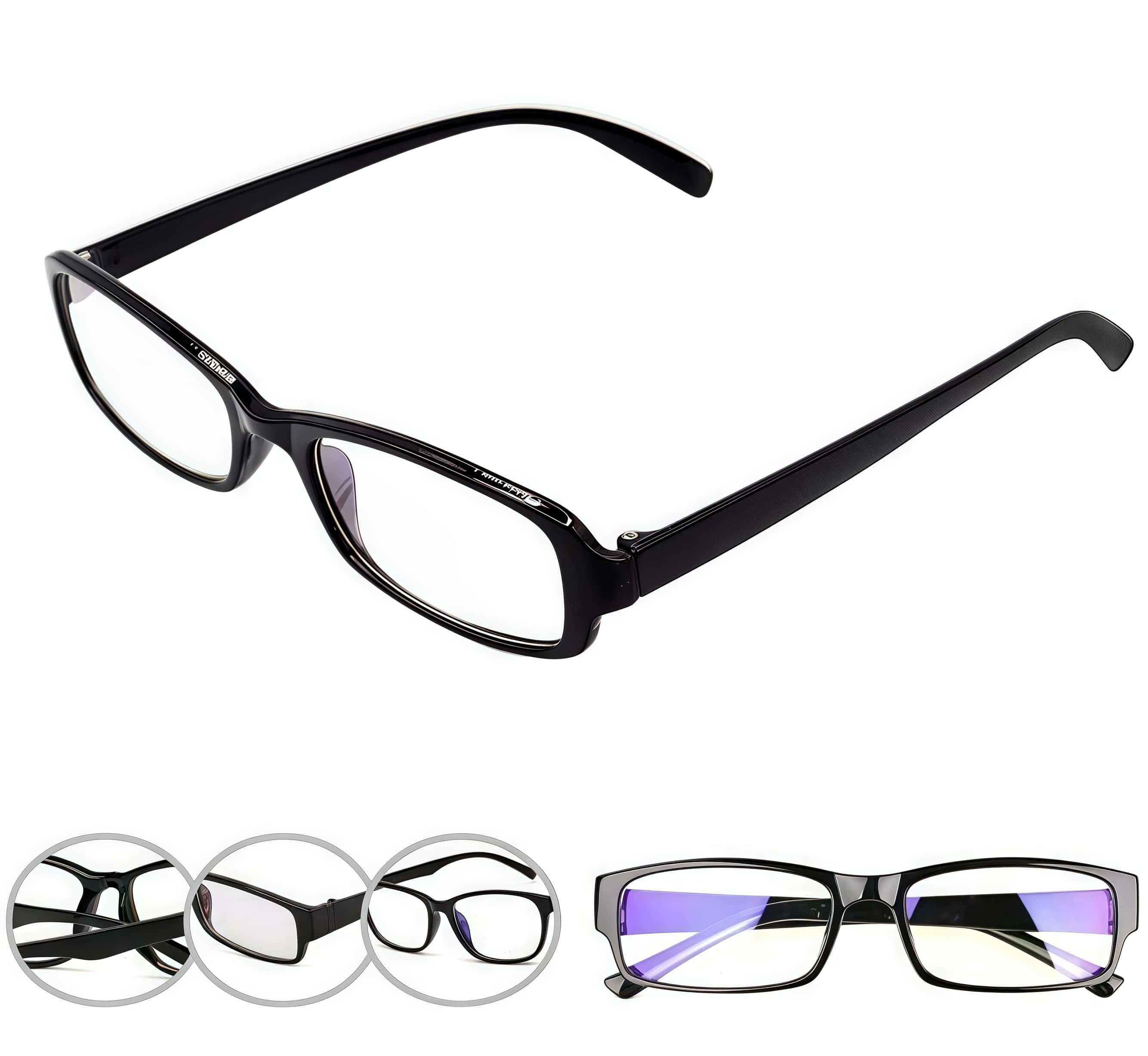
Unlike generic cheaters, optic readers are crafted with higher-quality lenses, often incorporating anti-reflective coatings, blue light filters, and precise diopter adjustments. Brands like Peepers and Readers.com offer customizable options, including progressive lenses for seamless transitions between near and intermediate vision.
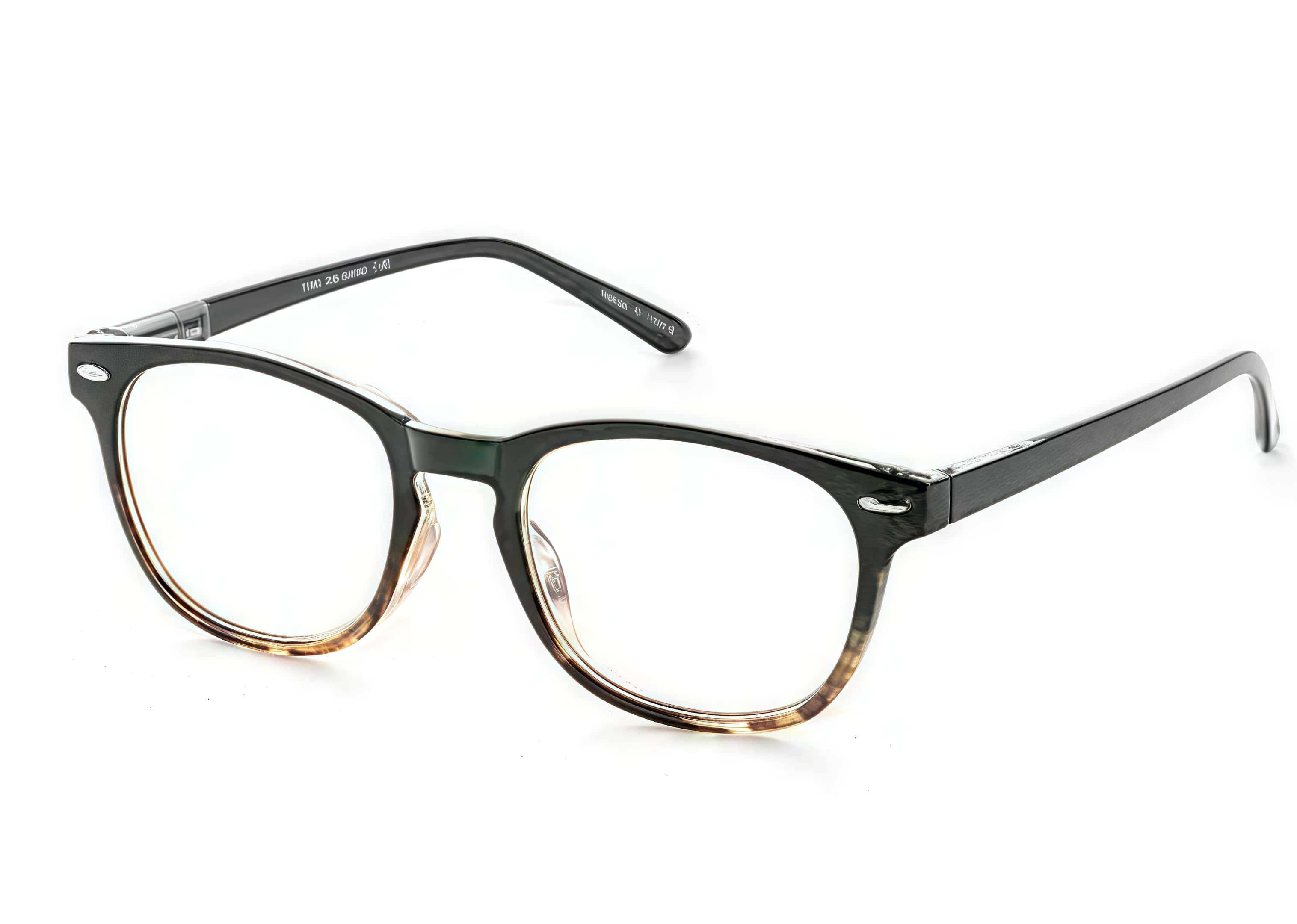
"Optic readers bridge the gap between drugstore glasses and prescription eyewear," says eyewear designer Marco Ruiz. "They provide better clarity and reduce glare, which is crucial for prolonged screen use."
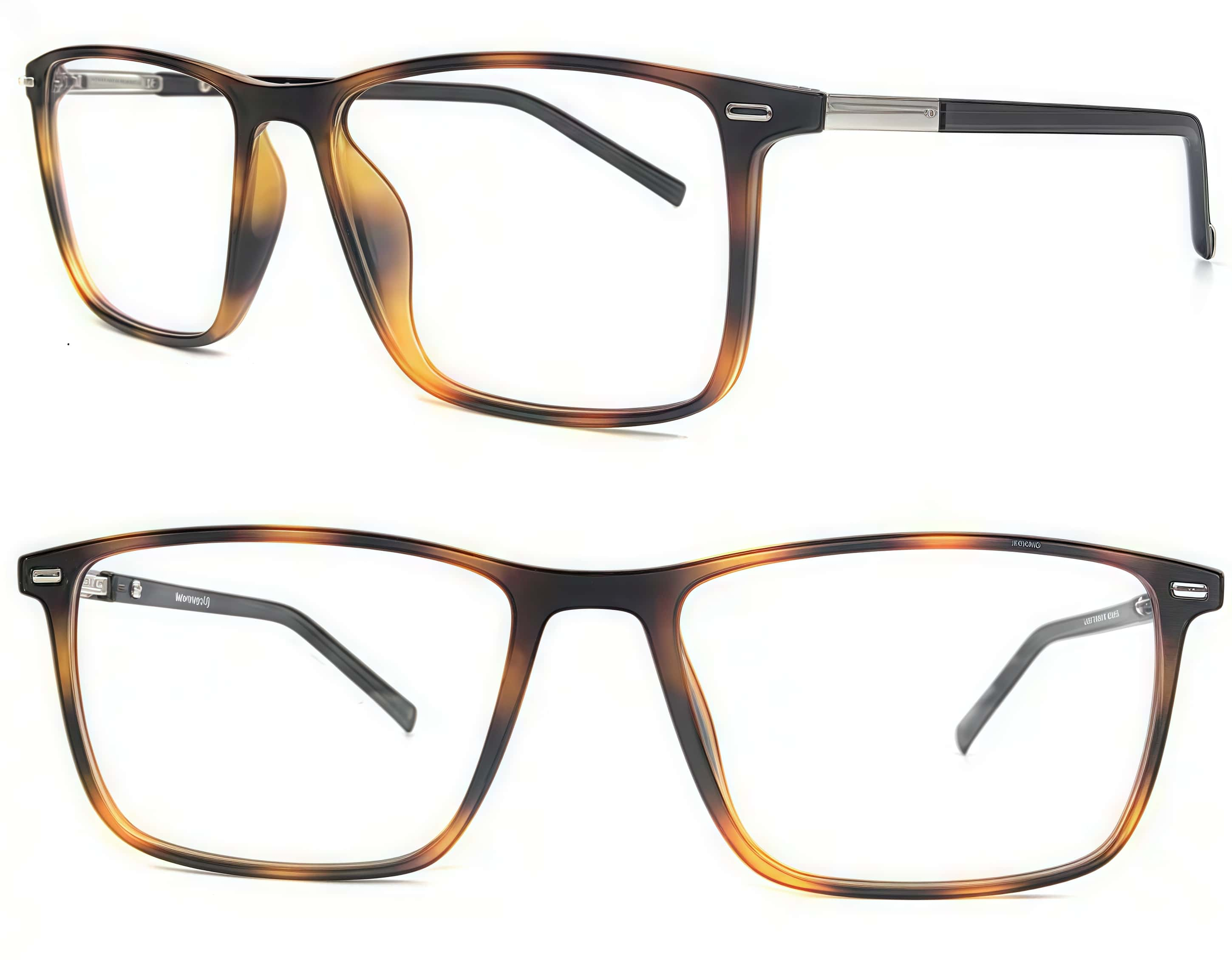
With prices ranging from $30 to $100, they’re a mid-range investment for those seeking enhanced visual comfort without a full prescription.
4.Half-Moon Reading Glasses: A Vintage Revival
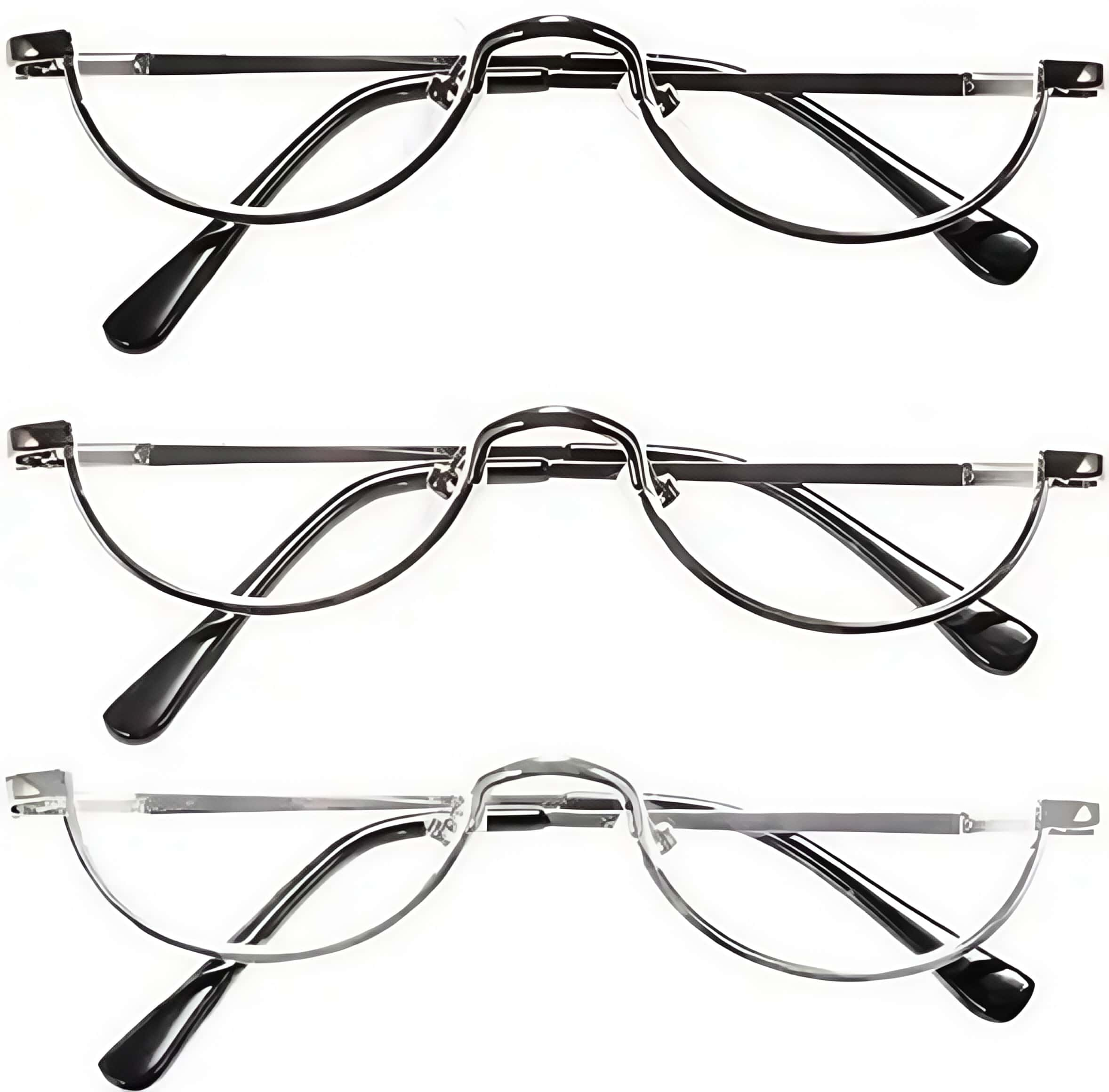
Inspired by historical designs, half-moon reading glasses feature lenses that cover only the lower half of the frame, allowing wearers to look down for reading while maintaining clear upper vision. Often associated with scholars and librarians, these glasses have seen a resurgence among fashion-forward readers.
"The half-moon style is both functional and nostalgic," says stylist Jenna Cole. "They’re a statement piece, especially in tortoiseshell or gold frames."
While not as widely available as full-lens readers, specialty brands like Warby Parker and Caddis have reintroduced modern versions with lightweight materials and improved optics.
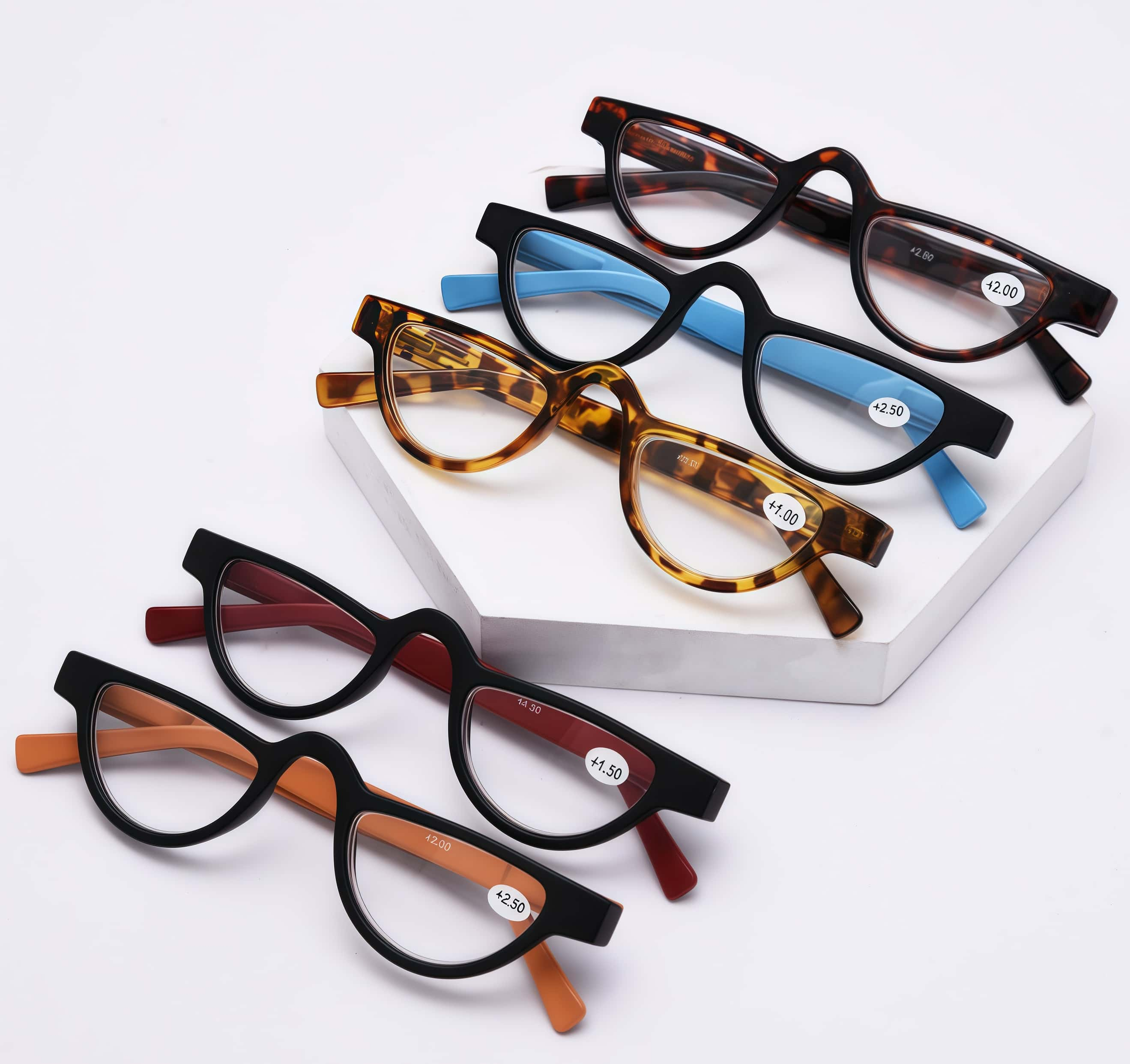
Warby Parker Half-Moon Reading Glasses
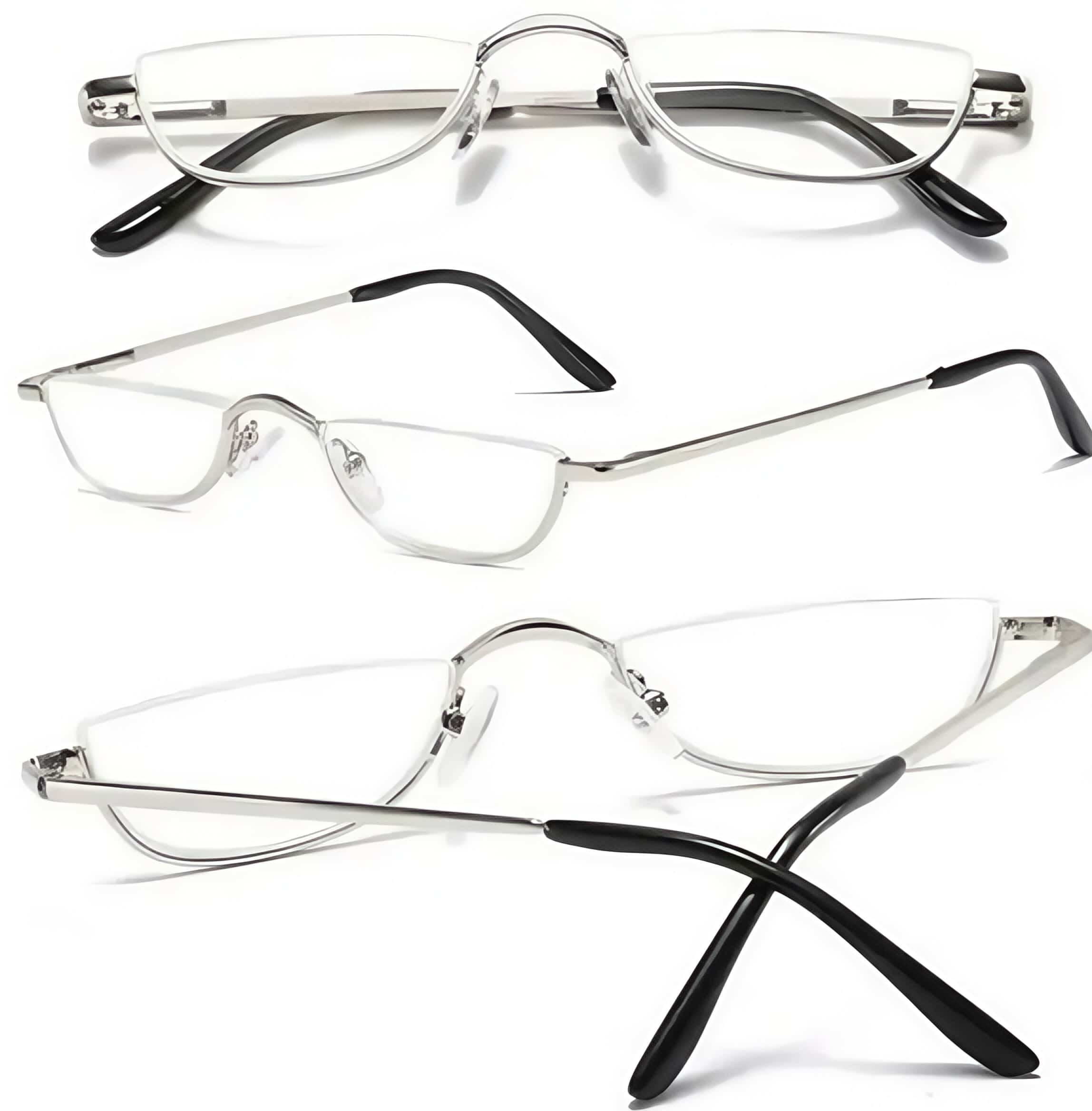
Koosufa Half-Moon Reading Glasses
5.Thinnest Reading Glasses: Where Style Meets Innovation
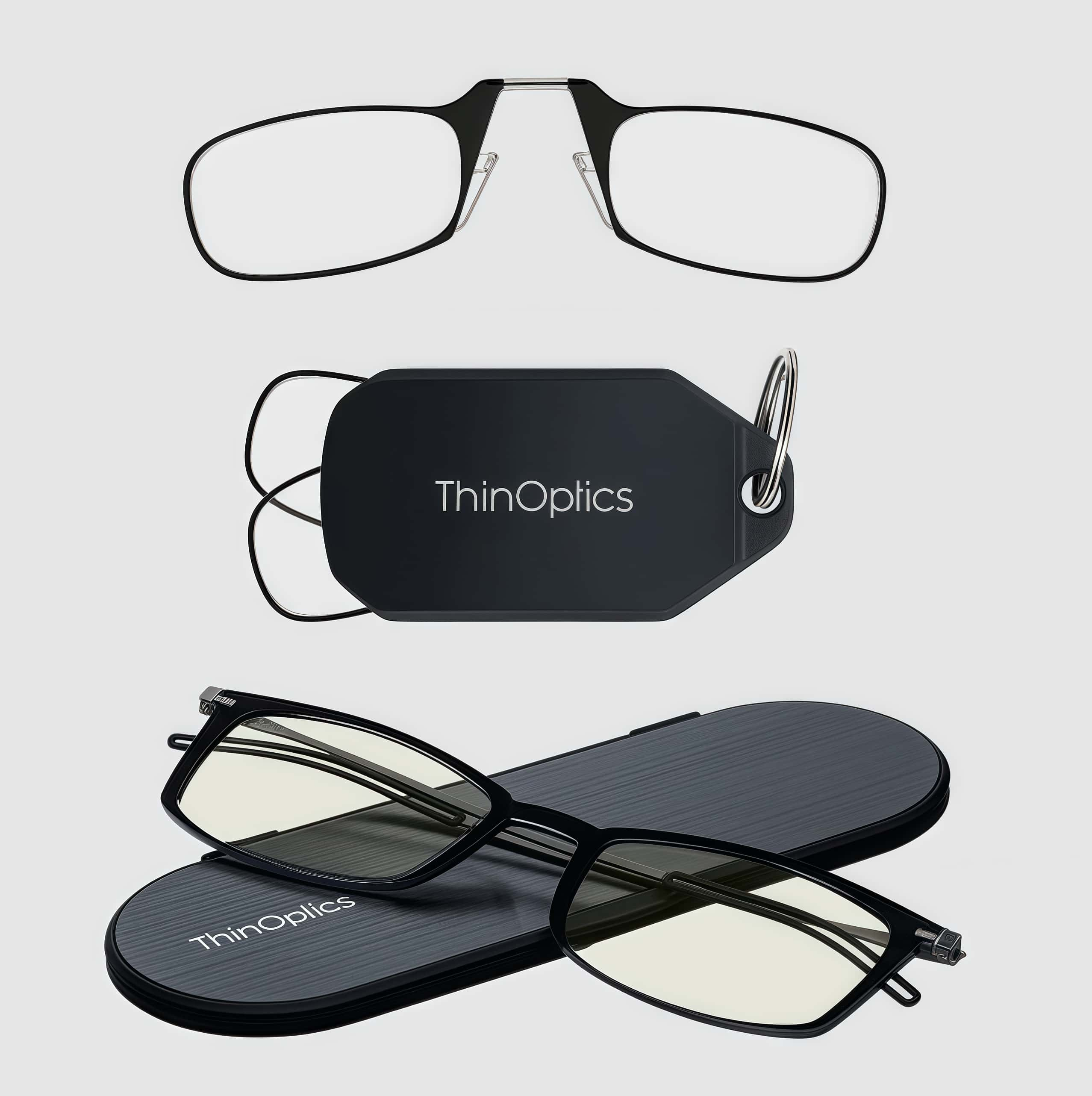
For those who dislike the bulky appearance of traditional magnifiers, thinnest reading glasses are a game-changer. Advances in lens technology have enabled ultra-light, high-index lenses that provide strong magnification without the "Coke bottle" effect.
Japanese brands like Zoff and JINS lead the market with lenses as thin as 1.5mm, rivaling prescription eyewear in sleekness. "Thinner lenses mean less distortion and a more natural look," explains optical engineer David Tran.
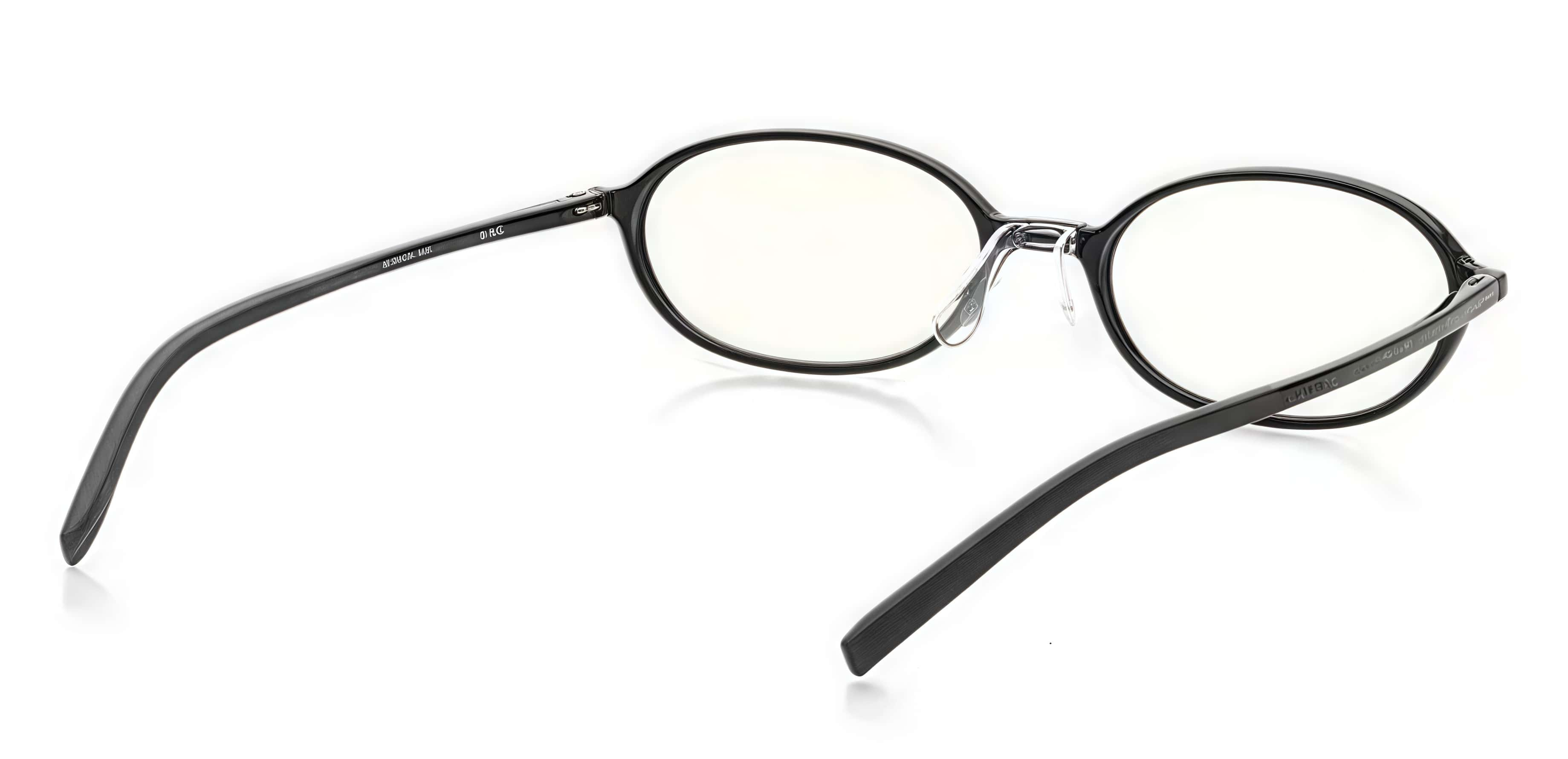
JINS
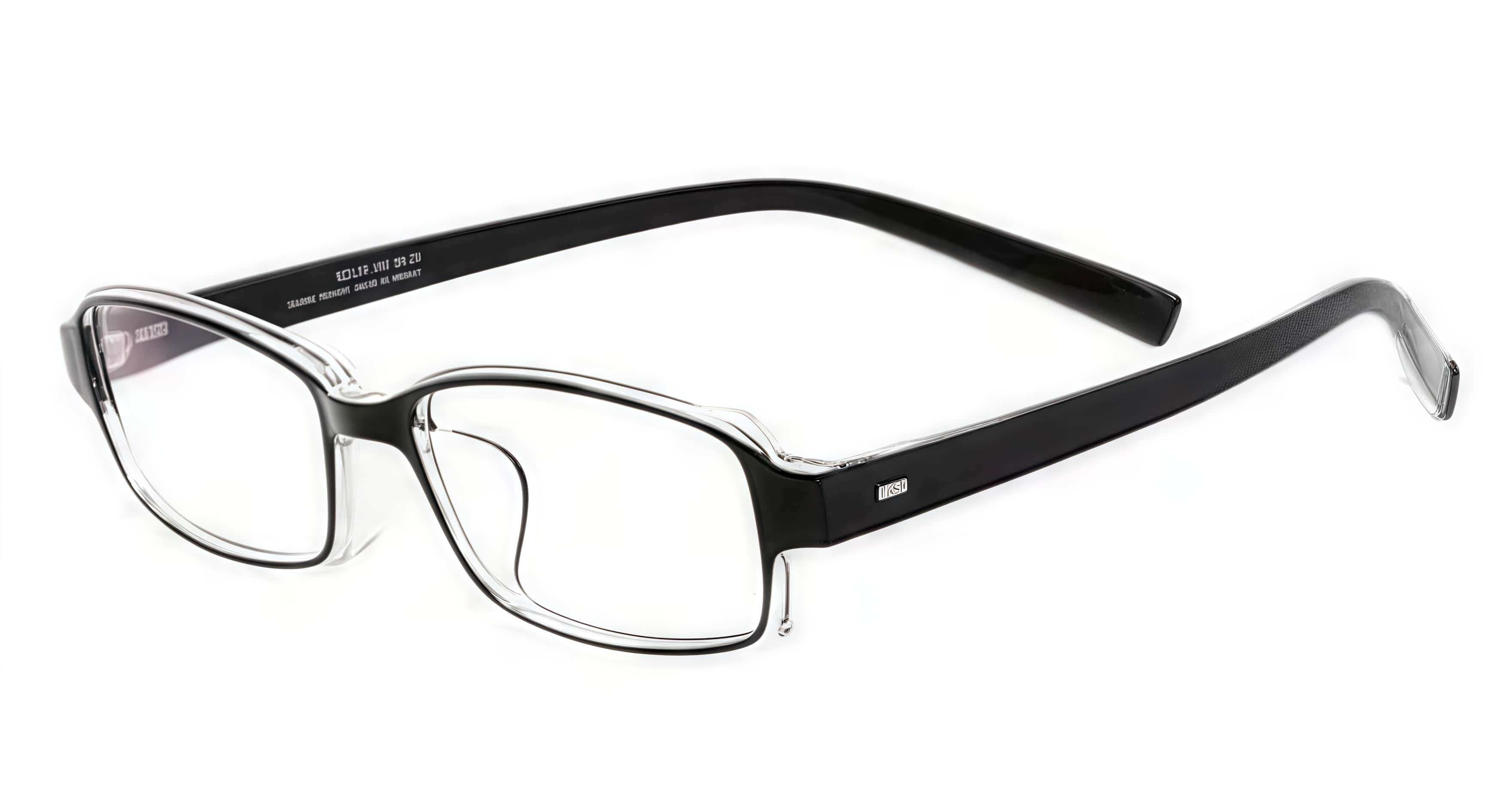
Zoff
Though pricier (often exceeding $150), these glasses appeal to style-conscious users who refuse to compromise on aesthetics.
6.The Future of Reading Glasses
As the market evolves, smart glasses with adjustable focus (like those from brands such as NuEyes) are entering the reading glasses space. Meanwhile, sustainability-focused companies are introducing eco-friendly frames made from recycled materials.
Whether you prefer the simplicity of cheaters, the hands-free ease of lazy readers, or the sleekness of ultra-thin designs, one thing is clear: reading glasses are no longer just a medical necessity—they’re a lifestyle accessory.


